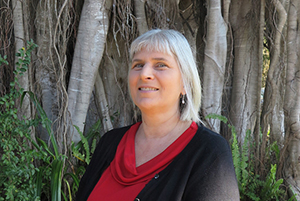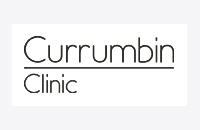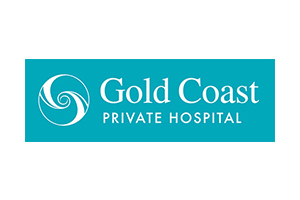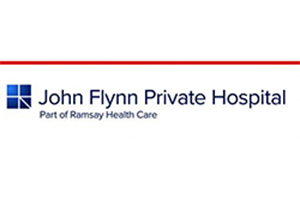Many patients have become so attuned to telehealth that encouraging them to return to face-to-face consultations with their GPs will become a major challenge in the post-COVID-19 era. If achieving an appropriate balance cannot be managed there are clear signs that people’s health could be adversely impacted by conditions that have nothing to do with the coronavirus pandemic.
This is the view of many primary care practitioners amidst a strong uptake of this treatment modality by patients and the federal government’s endorsement of telehealth in the GP setting even before COVID-19 restrictions were put in place (from July 2020 the policy was tightened to allow access in most cases only for providers who “have an existing and continuous relationship with a patient”).
Just four months into the pandemic declaration more than three million Australian patients had received over 4.3 million health and medical services through the telehealth items introduced by the Australian Government for COVID-19.
A more recent survey of patient attitudes towards telehealth consultations showed almost 1-in-2 people are less likely to see their GP during the pandemic, with patients under 45 years being the keenest telehealth users. This cohort was far more likely than older patients to prefer telehealth to in-person appointments when restrictions are lifted.
The survey showed preferences for telehealth depend on the type of appointment, with those most in favour relating to results follow-ups and repeat script/referrals.
“For consultations with a new doctor, skin checks, and sick children, patients prefer in-person appointments,” the survey reported.
Patients who have experienced telehealth are more likely to want to continue using it (68 percent ‘somewhat or strongly agree’ that they would prefer telehealth over in-person consultations beyond COVID-19). There is a general view – echoed in government circles – that telehealth will play an important role in general practice after COVID-19.
However, 1-in-3 patients harbour concerns about telehealth. Issues include internet limitations, the need for physical examination, logistics in getting scripts to pharmacies and privacy issues.
According to Debbie Elliott (pictured above), the practice manager of Lismore’s long-standing Keen Street Clinic, the perceived risk of being exposed to the SARS-CoV-2 virus has alarmed a significant number of patients, especially the elderly, despite the vigilance exercised by practices across the region, and Australia-wide.
“Since the start of the pandemic we have been asking patients making appointments whether they have any of the commonly recognised symptoms, have travelled to ‘hot spot’ areas, or been in contact with any of those known cruise ship passengers.”
In the rare cases that such risks have been confirmed, patients have been referred to the fever clinic at Lismore Base Hospital. On the day we spoke in early August five people seeking appointments reported having cold and flu symptoms but did not match the other criteria.
“Similarly, we’ve been triaging people on arrival, asking the relevant questions, and ensuring that they use hand sanitiser. There’s no doubt the pandemic has had a significant impact on our workload, and on our work practices.”
But Ms Elliott feels the greatest, and likely the longest lasting, impact on patients’ interaction with GP practices is the way in which consultations are conducted.
Explaining that most patients saw ‘telehealth’ as meaning phone consultations, rather than meetings conducted by Zoom, FaceTime and the like, she said that in April the clinic conducted ten to fifteen telehealth consultations a day, compared to only five ‘walk-ins’. At the time we spoke they were conducting an average of five telehealth consults per day.
“Patients were initially fearful of coming in for an appointment, which was understandable even though we assured them that all precautionary measures were in place. Now telehealth is becoming the new normal, and it’s certainly easier for the elderly patients. They don’t need to drive or get driven in, park, wait around, and so on.
“Also, pharmacies are able to deliver prescribed medications, which saves them a trip to the shops. While all this is more convenient, there are signs that patients who should be coming in to see doctors face-to-face are less inclined to do so, and this may have negative impacts on their health.”
Ms Elliott mentioned a range of procedures that can only be conducted in person, including blood pressure and skin checks, PAP smears and breast screening, as well as mental health appointments where a degree of personal intimacy is often essential.
“As efficient as the new technology can be, and as people become more comfortable with it, the fact is that it can’t be a substitute for face-to-face consultations across the board.
“I think the challenge is being taken up by GPs who will encourage patients to come back on the basis that ‘we haven’t seen you for a while’. Practice staff will support this by ensuring patients understand that we’re not allowing ‘sick’, i.e. infectious, people into the building.
“While a telehealth consult is fine for a medication renewal or general advice, we mustn’t see it as the norm, or people will fall through the cracks. The messages are clear – come and see your doctor when you need to, and if you’re not sure when this is, please ask. Also, be assured that GP practices are safe places to visit as long as you follow the advice of the trained staff.”
















